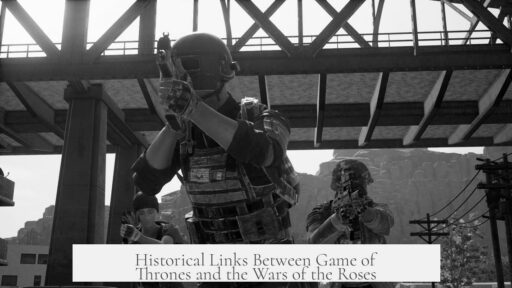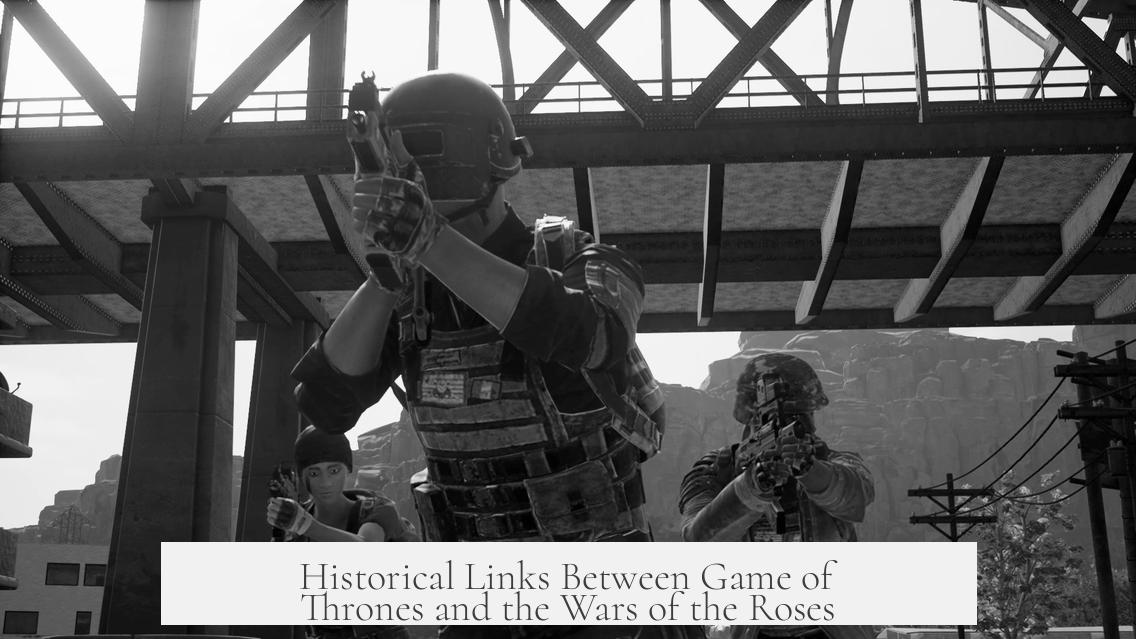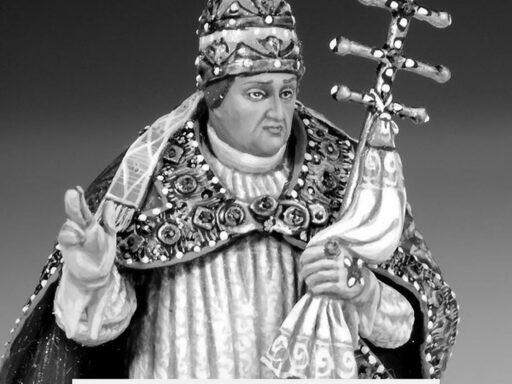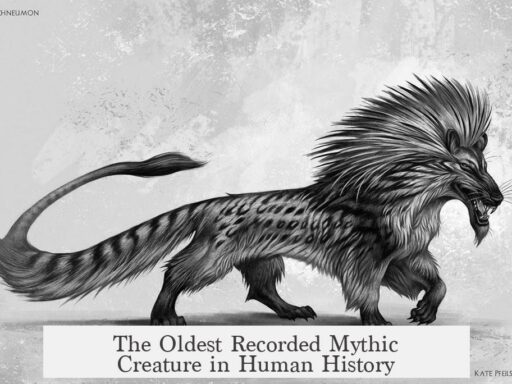The historical connections between Game of Thrones and the Wars of the Roses are numerous and significant, influencing the fictional world’s families, conflicts, and characters in ways that echo the real historical English civil wars.
The Wars of the Roses (1455–1487) were fought between the houses of Lancaster and York, two rival branches of the royal House of Plantagenet. Game of Thrones mirrors this historical feud through the Stark and Lannister families. House Stark resembles the House of York, being from the north and associated with the color white, while House Lannister parallels the House of Lancaster, wealthy and associated with the color red. The phonetic similarities between “Stark” and “York”, and “Lannister” and “Lancaster” also underscore this connection.
Character parallels deepen the connection:
- King Robert Baratheon shares traits with Edward IV. Both are celebrated warriors but less adept rulers. Robert’s military success and eventual weaknesses as king recall Edward IV’s life, reflecting the challenges of balancing battlefield talent and governance.
- Cersei Lannister evokes Margaret of Anjou, Henry VI’s wife, who fiercely defended her family’s claim during the Wars of the Roses. Cersei’s fierce ambition and political manipulation lead to civil war in Westeros, similar to Margaret’s role. Some also note Isabella of France, the medieval queen who conspired against her husband, as an inspiration for Cersei’s ruthless tactics.
- Tyrion Lannister mirrors Shakespeare’s fictional King Richard III. Both are physically different, cleverly outmaneuver their foes, and are mistrusted by their kin. Tyrion’s intelligence and outsider status reflect Richard’s portrayal in history and drama.
The political upheaval in Game of Thrones also echoes historical events:
- The overthrow of King Aerys II resembles the deposition of Richard II. In both cases, questionable claims to the throne and usurpation trigger prolonged, bloody conflicts.
- The Greyjoy Rebellions parallel the insurrections seen in Shakespeare’s Henry IV plays. These rebellions illustrate how war becomes model behavior; if one can seize power by force, others attempt the same.
- The wars in Game of Thrones mirror the savage, dynastic warfulness depicted in Shakespeare’s Henry VI plays — the heart of the Wars of the Roses. Civilization gives way to brutal struggles for power and destruction of bloodlines.
Specific events within the series also align with historical counterparts:
- Robb Stark’s rejection of the Freys’ marriage alliance is akin to Edward IV repudiating a marriage agreement with Warwick’s daughter. Both actions incite fatal feuds, though Edward’s fate was less dire than Robb’s.
- Joffrey Baratheon’s illegitimacy somewhat parallels Richard III’s claim that Edward V was a bastard. This accusation played a key role in Richard’s usurpation and the questioning of rightful succession.
- The recurring curse on the Duke of Gloucester title in Shakespeare’s plays resembles the misfortunes connected to the Lord of Harrenhal in Game of Thrones. Both show a symbolic link to ill fate stemming from certain titles.
- Eddard Stark’s honorable role as Hand of the King parallels Lord Hastings in Shakespeare’s Richard III. Both serve king Edward but refuse to support Richard’s usurpation, leading to their downfall.
The possible ending of the book series and TV show may also echo history. Following the Wars of the Roses, Henry Tudor united the two houses by marrying Elizabeth of York, founding the Tudor dynasty. In a similar fashion, it is speculated that Game of Thrones might culminate in a union that establishes a new ruling house, ending the cycle of conflict.
| Aspect | Game of Thrones | Wars of the Roses |
|---|---|---|
| Main Houses | Stark (North, white), Lannister (rich, red) | York (North, white), Lancaster (rich, red) |
| Key Characters | Robert Baratheon, Cersei Lannister, Tyrion Lannister, Robb Stark | Edward IV, Margaret of Anjou, Richard III, Warwick |
| Plot Parallels | Usurpation, civil war, broken marriage alliances | Usurpation, civil war, broken marriage alliances |
| Potential Resolution | New ruling house through marriage | Tudor dynasty formed by union of York and Lancaster heirs |
The creator George R. R. Martin has drawn from history to craft a realistic and gritty narrative. He uses political intrigue, shifting alliances, and the brutal realities of power that characterized the Wars of the Roses. This grounding gives the fantasy series depth and resonance, making it familiar yet fantastic.
- The Starks and Lannisters parallel Yorks and Lancasters in family dynamics and geography.
- Key characters embody historical figures known for ambition, warfare, and political struggle.
- Events and conflicts in Westeros reflect stages and aspects of England’s 15th-century civil wars.
- Specific marriage alliances and betrayals recall actual historical incidents impacting dynasties.
- The possible conclusion may mirror the post-war unification and commencement of a new dynasty.




